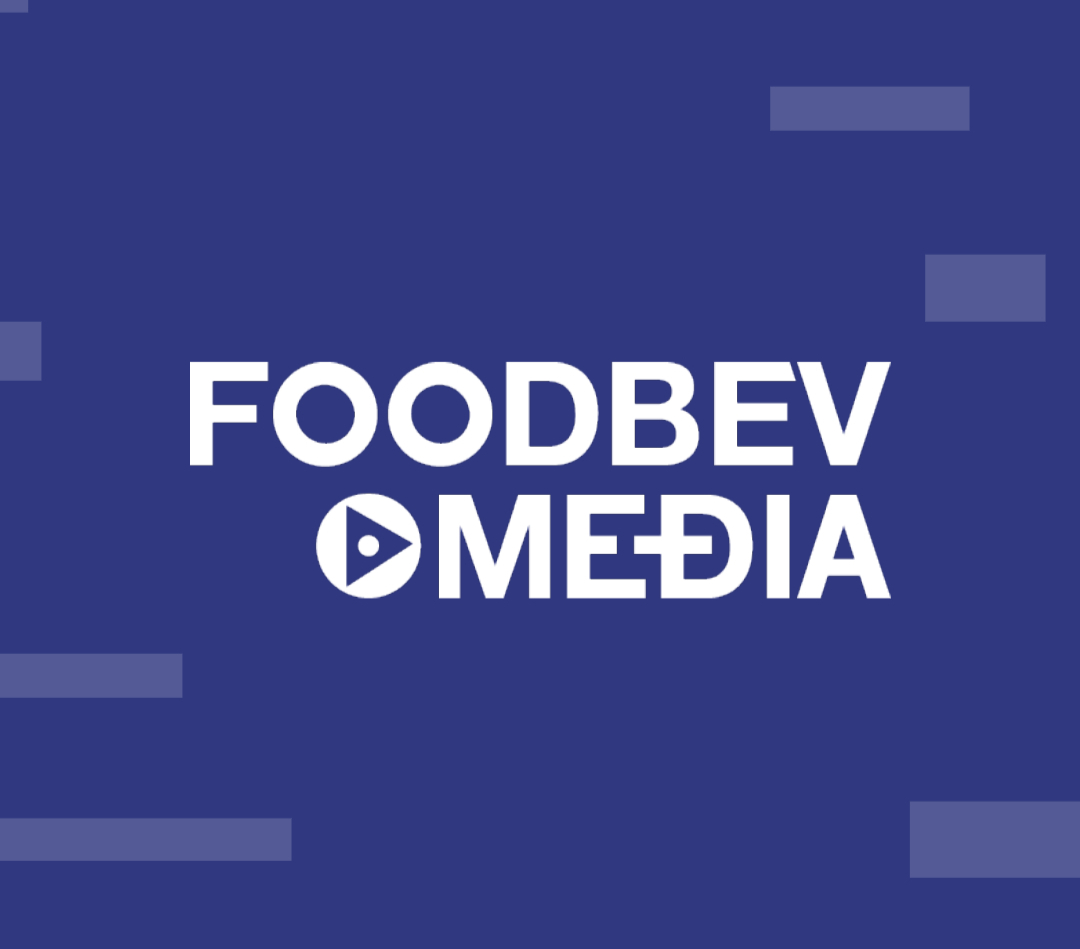The latest news, trends, analysis, interviews and podcasts from the global food and beverage industry
Open plant cleaning (OPC) is the cornerstone of safe food production, but the process is evolving with innovative tools and strategies that offer more efficiency, sustainability, and stricter compliance. We explore how the future of OPC is set to transform food safety, resource use, and profitability, all while meeting the industry's changing demands.
Beyond improvements in hygienic compliance, innovation is also set to transform the open plant cleaning (OPC) process and add significant value in the future.
OPC is the bedrock of safe, successful food production. Fundamental in establishing and maintaining consistent hygiene standards. OPC routinely encompasses the cleaning and disinfection of all open and exposed surfaces, process machinery, tables, work areas and utensils – along with the walls, ceilings and floors of your facility.
Maintaining efficient OPC procedures
The efficiency of the process depends on a number of factors essential to minimise downtime between production runs. At its core is the requirement/expectation of repeatability and hygienic compliance – both strength and potential weakness of OPC.
The simple repetition involved is essential in achieving consistent results. However, it can be easy to lose focus on day-to-day procedures. That the tasks might appear easy also creates an assumption that any failure to achieve the optimum has only minor consequences.

Confronting food safety risks
However, inefficient cleaning risks over or under use of resources, threatening hygiene standards. The difficulties of staff retention in the food processing industry can also contribute to lack of compliance. Especially if training is not up to speed, and procedures are not fully understood, or carried out correctly. While the time required means that strict adherence might come under pressure from the need for a quick turnaround. Any risk to food safety from microbial contaminants threatens consumer health and can have serious long-term brand impact.
There’s also ever-present challenges from pressures to do more with less resources to meet profitability and sustainability goals. You cannot hope to respond successfully to these if your cleaning processes are not running at peak performance.
Familiar OPC systems
OPC has three typical process types – manual, semi-automatic or fully automatic. As the process is not typically highly automated, a combined approach is common.
Current OPC equipment incorporates the use of mobile portable systems, delivering products in their simplest form, such as a foaming agent. Extending to more sophisticated functions, with mobile systems enabling rinsing alone or combined with disinfection.
A de-centralised system allows chemicals to be stored and applied at the point of use, enabling single detergent application, or a multi-chemical application, with rinsing. On a larger scale, a centralised system keeps chemical products in a central storage area and is capable of handling larger cleaning capacity and demand.
Changing the approach
Whatever your system, any change of approach requires a combination of expertise, extensive experience, and application support that reflects a deep understanding of food processor’s needs.
Innovative tools and strategies can achieve incremental gains, but also help drive a raft of additional benefits to deliver broader impact to your business, while retaining the traditional virtues of OPC. For example, innovations that deliver insight and data-driven analysis, revealing hidden truths and adding value.
Innovation helps bring higher expectations, such as:
Delivering OPC with more efficiency, consistency and reliability.
Saving time, water and chemicals.
Ensuring stricter compliance, protecting food safety, consumers, brand reputation and assets.
Helping drive sustainable cleaning solutions, profitability and reduce TCO.
Understanding your OPC
Before any change, you need to undertake a thorough and focused assessment of your OPC practices. Measure efficiency, disinfection rates and compliance – to ensure optimum procedures and cleaning chemicals for the specific soils in your manufacturing process.
Initial data should provide an acute focus on your facility, cleaning protocols and a performance evaluation of the foaming process. Once translated into a scorecard of detailed observations, you can create a future baseline covering everything involved, including: your cleaning equipment, conditions, protocols, chemicals, measurements, operators, practices, risks and production equipment.
Taking an intelligent approach
Currently, OPC is time and resource intensive. Measuring success is dependent on operator overview and behaviour, which doesn’t reveal the full picture. Typically there’s no continuous performance overview, or a reporting system. A mainly manual clean requires innovative solutions to optimize, monitor and analyse the process.
Applying an intelligent OPC solution can collate data for analysis and parameter verification. It can monitor and track utility and chemical consumption, compare data to hygiene protocols for compliance reports, while also highlighting variances for optimization opportunities and continuous improvement.
The key challenge is consistently measuring the variability of cleaning parameters – rinse time, pressure, product concentration and contact time – to create a detailed record of each clean.
Rising to the challenge
Innovative tools are responding to sustainability, resource, supply chain and market pressures by reducing complexity and shortening the cleaning process.
A new pre-cleaning step change can remove your initial pre-rinse. Freeing up time, labour and resources, to deliver water, chemical, energy (heat and compressed air) and wastewater savings – without risk to food safety. As utility and labour costs continue to soar you can retrieve up to 35% cleaning time to stay competitive.
A ‘no rinse’ disinfectant solution has also been developed, removing the need for a final rinse. Used in combination, food processors can look forward to time savings of up to 50% from their cleaning process. These are just two developments, in a pipeline of innovation set to transform OPC.
With this combination of innovative tools, strategies and traditional expertise, you can add new dimensions to your OPC that drive efficiency and hygiene. While being confident of meeting changing production demands, external challenges, achieving sustainability targets and protecting your profitability and reputation.







.jpg)
